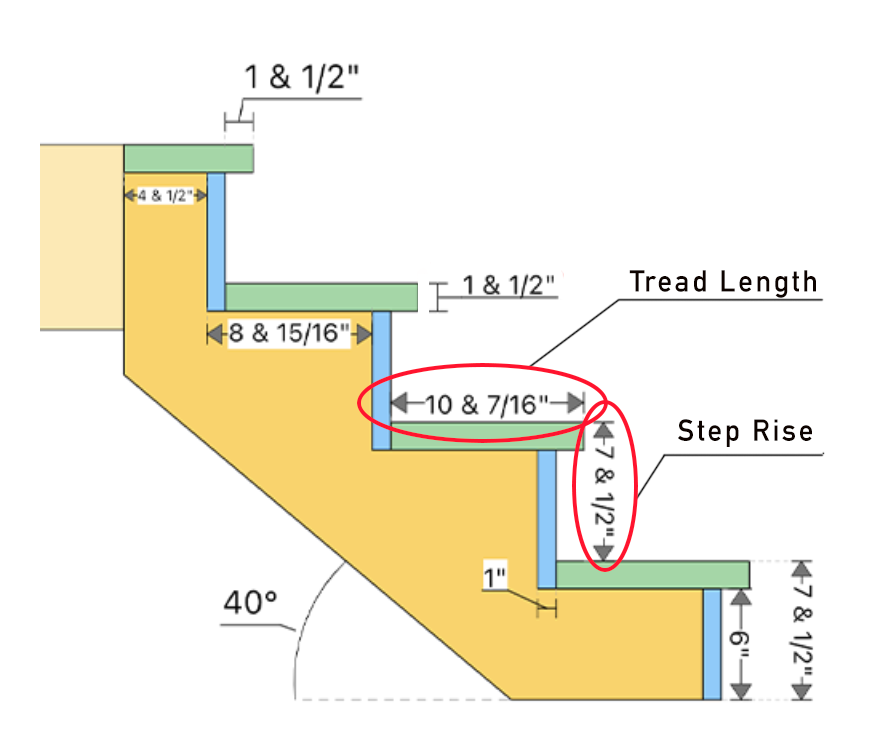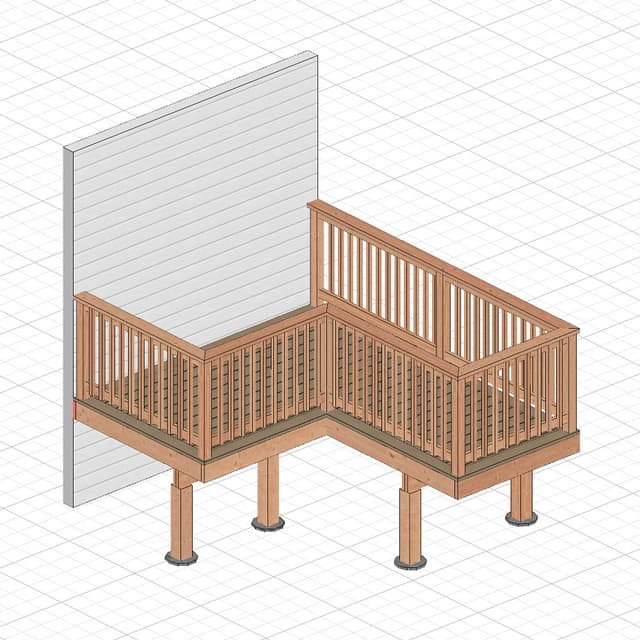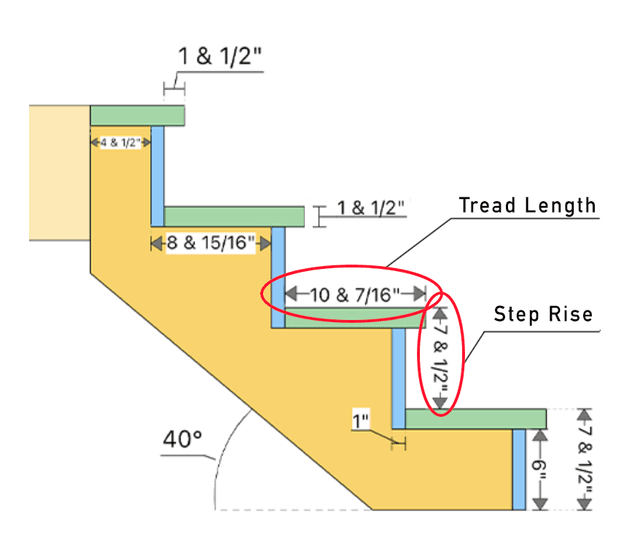Everything You Need to Know About Rise and Tread of Staircase Design
When it comes to staircase design, one of the most important considerations is the rise and tread of the stair. In this article, we will discuss the easiest way to calculate these measurements, and provide you with some helpful tips.
What is Rise & Tread?
The ‘rise and tread’ of staircase design determines the approximate height and depth of each step on a staircase.
Definition
The rise is the vertical distance between the surfaces of two consecutive steps. The tread is the horizontal distance between the edges of two successive steps. The total run is the sum of the treads of all the stairs.

Calculating Rise & Tread
Manually Calculating Measurements
It is important to calculate the exact rise and tread for a staircase for both safety and aesthetic purposes. When calculating the tread, the angle of the stairs must also be taken into account.
To calculate the rise and tread of a staircase, first measure the total run of the stairs. Divide this number by the number of risers to determine the approximate tread length. Then, divide the total rise by the number of treads to determine the approximate single step rise.
Using an App to calculate the Rise & Treads of a staircase
Manually calculating the rise and treads of a staircase can be a difficult and time-consuming task. Fortunately, there are now apps that can help you quickly and easily calculate the rise and treads of a staircase.
Fortunately, the RedX Stair App offers a free straight stair calculator feature that can help you quickly and easily calculate the rise and treads of any staircase.
Using the RedX Stair App is simple and straightforward. Just enter the total rise of the stair. Then the app will automatically calculate the rise, tread length, total run length, stair headroom, and the angle of the staircase.
The RedX Stair App is designed to be user-friendly. For those unfamiliar with calculations, the app provides a step-by-step guide to help you through the process. This makes it easy to calculate the rise and treads of any staircase, no matter the size or angle.
They also have a website RedX Apps if you prefer working from your computer.
Here is an example stair plan the app will calculate.
Facts
- The ‘rise and tread’ of staircase design determines the approximate height and depth of each step on a staircase.
- The correct combination of rise and tread will make for a safe, comfortable, and attractive staircase.
- The rise of a staircase is the vertical distance from one step to the next.
- The tread is the horizontal distance of one step.
- The ideal ratio of rise to tread is 2:1, meaning that the height should be twice the depth.
- The maximum rise should not exceed 7 inches and the minimum tread should be 9 inches.
- To ensure tread depth and maximum comfort, the stair’s nosing should extend at least 3/4 inch over the edge of the tread.
- The rise and tread of a staircase is determined by the size of the space in which it resides.
- The rise and tread must be consistent throughout the staircase for safety reasons.
- The stringer, or the structural support of a staircase, must be installed correctly for the rise and tread of the stairs to be effective.
- The headroom of a staircase is the distance from the nosing of the stair treads to the ceiling. This must be taken into account when calculating the rise and tread of a staircase to ensure that it meets the required safety standards.
Conclusion
Whether you are manually calculating the rise and treads or using an app for faster results, I hope this article has provided helpful guidance for your stair building project.



